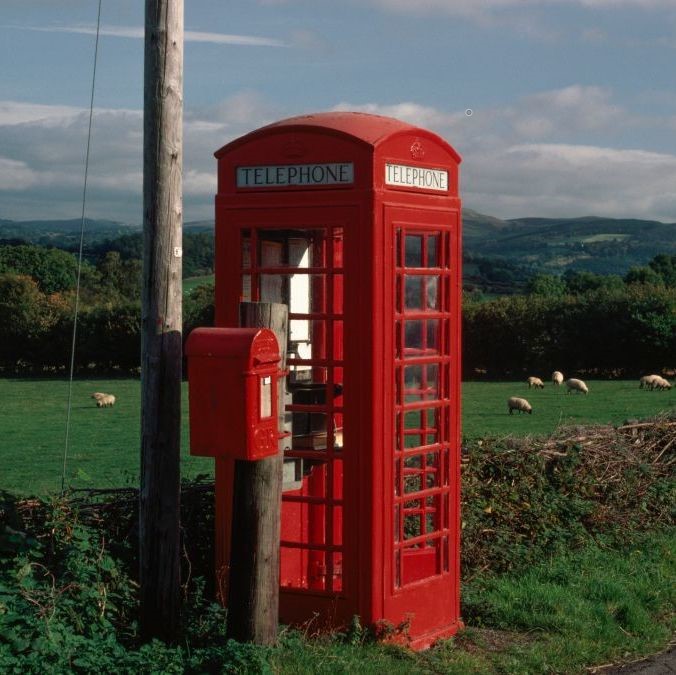BIM4 H&S Group publishes Strategy
October 2015
BIM4 Health and Safety Steering Group – Strategy
Strategy Paper for BIM4 H&S Group
Vision / Primary Objective
The primary objective of the steering group is to improve Health and Safety in the Construction industry and subsequently within the Built Environment by the appropriate use and adoption of BIM and associated digital innovations and initiatives.
Strap line
Creating a healthier and safer Britain within the Built Environment, and leading by example, the World
Mission Statement
The steering group will strive to enhance the identification, avoidance, and mitigation of hazards and risks within all stages of the whole life of an asset by the use of BIM within the construction industry. Hazards and risks identified will be recorded and passed on in a structured digital format to all of the remaining stages of the whole life of an asset including operation and demolition.
Elements of BIM
“BIM will become the established way of doing work in construction” Peter-Hansford
BIM itself is evolving, in a continuous state of progressive change. One constant however, is that BIM is a different way of working.
- Collaboration (real not pretend contractual)
- Sharing information (near real time)
- Designing together – all disciplines (not sequentially), including constructability.
- All about the ASSET – Totally asset focused
- Widget, car, school, hospital, station, plane, Heathrow, railway, road / motorway network, utilities network
- For the Whole life of the Asset
- Building – safely, efficiently and cost effectively
- Operating – using reliable, easy to access information
It is about information, the flow and management of information to and from all of the stakeholders, throughout the whole lifecycle of the asset. Note that it is not just the lifecycle of the project, but that of the asset as a whole.
The information has to be managed, which includes being stored, shared, disseminated, retrieved, collated, compared, searched and archived to name a few. Information is the key.
The primary elements of BIM and BIM implementation are therefore established as;
- Technical
- Process
- Codification, and
- Behaviour
These headings can be utilised as far as health and safety is concerned.
Technical
Consider technical as being computer software and hardware, peripherals, site equipment, tablets, special glasses, ‘caves’, and interactive collaboration suites.
The majority of the computer software and hardware do not require adaption or change to provide enhanced Health and Safety. Market forces and other elements of the initiative can be left to deal with computer software and hardware. Generally, the same applies to the Common Data Environment.
Process
The main BIM processes are well defined within other elements of the BIM initiative. These processes may be refined as BIM continues to develop. The stage gates and phases are prescribed and we should take due cognizance and conform, whilst reviewing with a Health and Safety / Hazard and Risk perspective. Particular note may be given to the frequency of data transfer, between the handover points specified in PAS 1192-2.
Codification
Data is just data without a structured and consistent codification to translate that data into useful information. There can be many datasets associated with BIM. This is a significant area for the development of a Health and Safety / Hazard and Risk codification, in conjunction with existing risk management practices and Standards. It is also an area for review of the structure of COSHH data to provide digital data sets. The same applies for maintenance information. A pdf attached to the model does not make it digital information.
Behaviours
Behaviour is a very interesting element as it has the potential to make the whole of BIM work, and conversely, to stop it in its tracks. People will choose to adopt the processes and better practices, or not, irrespective, to an extent, of what they are told to do. Construction workers still knowingly walk between moving vehicles, or work at height without protection. Designers and Engineers still produce designs that are difficult to construct and inherently less safe than they could or should be. Getting the behaviours right is the key to the most beneficial implementation of BIM. It also has a high impact on Health and Safety.
Collaboration is a significant area of the behavioural change, but there are also individual personal elements as well.
Phases
The phases are broadly Pre-Design, Design, Construct, Operate, and Demolish (Recycle).
There are a number of similar Plan of Works, with the most well-known being the RIBA Plan of Works. The RIBA plan of works had a significant change in 2013/14 and is now broadly similar to that contained within PAS 1192-2:2013. We will adopt the latter for the sake of consistency within the BIM products and this covers the following areas:
- Brief,
- Concept,
- Design,
- Definition,
- Build & Commission,
- Handover & Closeout,
- Operation,
- In use.
Aims of the Strategy
The aims of the steering group to achieve the vision are;
- To educate, and inform the construction (AEC) industry regarding the benefits of BIM and innovations and initiatives in respect of whole life Health and Safety.
- To persuade the construction (AEC) industry to adopt appropriate and proportionate BIM practices so as to improve Health and Safety for the whole life of the asset.
- To provide guidance and specifications to the construction (AEC) industry regarding methods of digital recording and transferring information gathered in respects of Hazards and risks identified and actions and decisions taken regarding avoidance and mitigation.
- To integrate with other BIM and risk communities and their respective guidance and specifications.
- To drive performance improvement, and associated Health & Safety enhancements through collaboration and information.
- To promote and facilitate an active BIM4 H&S community.
Communication Spectrum
There is a very broad spectrum of types of communication, many with different purposes. By reference to our above stated aims we will group our communications into the ‘inform, persuade, and prescribe’, areas of the communications spectrum.
Inform encompasses; Aware, Inform, Educate.
Persuade encompasses; Engage, Case Studies, Benefits
Prescribe encompasses; Contract, Standards (PAS, BS, ISO), Legislation.
Proposals
There appears to be a matrix of potential work streams developing. Each axis of the matrix could be described as the Elements of BIM, the Phases, and the Communication Spectrum.
- The easiest proposal would be to have a small working group for each of the nodes in the matrix. That would equate to a lot of working groups even using the broad phases. (4x5x3 = 60). It would be very challenging to create a coordinated and consistent approach across so many disparate work streams.
- An alternative proposal would be to select one of the three axes of the matrix as the primary, and set up working groups accordingly. Each working group would include the nodes of the other two within its scope.
- The final proposal is to continue to work collaboratively on all areas of the matrix together, but not necessarily at the same time. This will result in a higher level of engagement and satisfaction than either proposal A or B. However, it is also acknowledged that it will probably take longer. The end products will be better than if done separately. As BIM is in part preaching collaboration, it would be good to demonstrate the same.
This strategy recommends the adoption of proposal C.
Method(s) of approach
Whilst the main BIM 4 H&S Group could remain the same size and constituency it may be necessary to co-opt in additional parties, as identified by gap analysis of the needs of the strategy.
Presentations from different areas of the industry should continue to aid the development of the products and solutions. The coordination of those presentations could be informed or structured from the above Elements of BIM.
The flexibility of the group should be maintained and due cognizance and consideration always given to the participants being volunteers giving up their own or their company’s time and money to attend and contribute.
The BIM 4 H&S Group has already taken on some short term goals, alongside the development of a longer term strategy. These short term goals are articulated in the ;
- Sharing and capturing examples of the benefits of BIM to H&S
- Working towards establishing a set of principles to guide the production and use of health and safety information in the BIM process. This may result in development of a PAS, starting later in 2015.
Strategic Plan
















